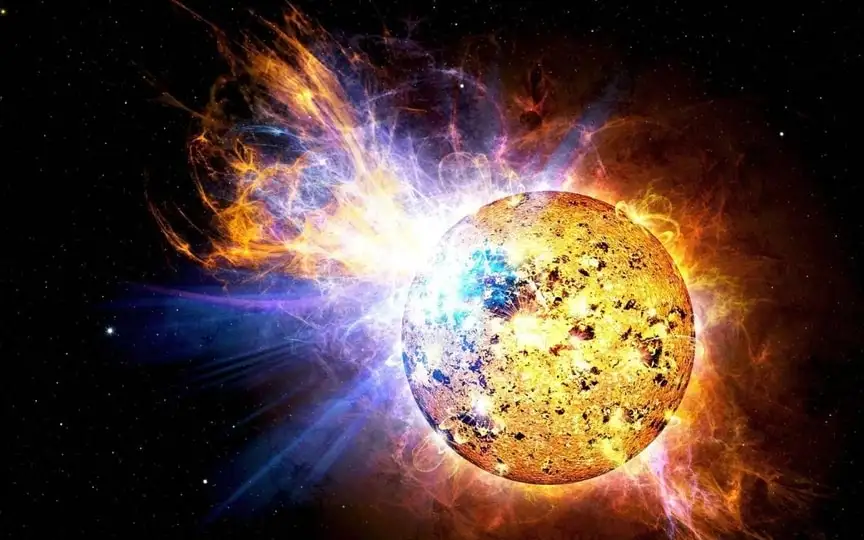Solar Storms Sizzle Earth: NASA Predicts More to Come!
Yesterday, December 1, it was announced that the solar activity on Earth has increased. A second coronal mass ejection (CME) was reported to be approaching the Earth, potentially intensifying the ongoing solar storm. As predicted, the second CME hit a few hours ago, causing a highly potent G3-class solar storm. This storm led to the appearance of exceptionally vibrant aurora displays worldwide. Although the storm is gradually calming down, a NASA model indicates that additional CMEs are on their way to Earth and could reach our magnetosphere before the day concludes.
According to a Spaceweather.com report, “One and possibly two CMEs hit the Earth’s magnetic field on December 1st, causing a powerful G3 geomagnetic storm. At the peak of the event, just before sunrise on the West Coast of the United States, aurora borealis was photographed across the US as far south as Arizona and California.”
The report also discussed a NASA model that predicts the continuation of solar storms as a result of CME bombardments. “Are there more CMEs coming? Could be. On November 27th and 28th, the Sun launched at least 3 CMEs towards Earth. The largest one probably wiped out some of the storm clouds in front of it to form a Cannibal CME. It is possible that today’s effects will cover all these CMEs, but we cannot rule out another impact until the day is over,” it added.
A powerful solar storm hit Earth
Dr. Tamitha Skov, a popular space weather physicist, was also busy reposting people’s photos of auroras seen around the world. Responding to a photo of aurora borealis seen in New Mexico, US, Skov said: “Wow. It would be absolutely insane if it turned out to be #aurora this far south during this ongoing #solarstorm. He also reposted a post showing intense red aurora in Mongolia and emphasized the weakening of the phenomenon. “Intense! An extremely red #aurora was seen in Mongolian skies this morning during the initial impact of this ongoing #solarstorm. Unfortunately, we won’t reach G3 levels again because the second half of the storm is much weaker than the first half,” he said.
How NASA SOHO observes the Sun
NASA’s SOHO is a satellite launched on December 2, 1995. It is a joint project between NASA and the European Space Agency (ESA) to study the Sun, its atmosphere, and its effects on the Solar System. SOHO is equipped with 12 scientific instruments such as Extreme Ultraviolet Imaging Telescope (EIT), Michelson Doppler Imager (MDI), LASCO (Large Angle and Spectrometric Coronagraph) and others. SOHO takes pictures of the sun’s corona, measures speed and magnetic fields. of the sun’s surface and observes the faint corona around the sun.




